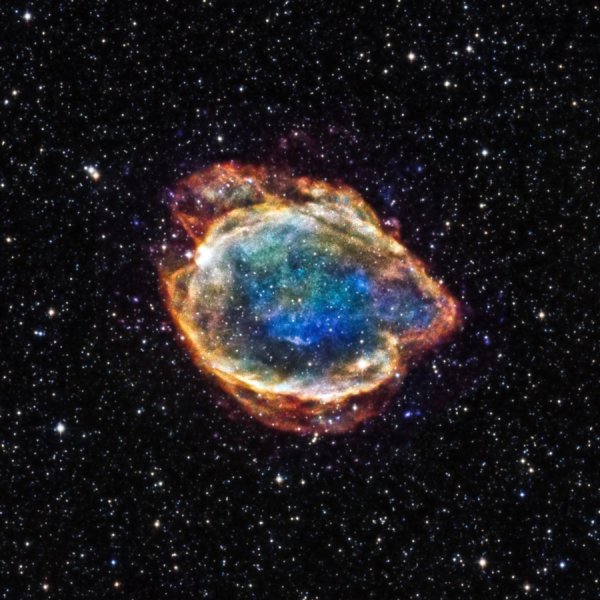A group of researchers currently introduced a paper marking the significance of Type La supernovas in estimating the speed at which the universe expands. Type La supernovas are among the highly brightest cosmic explosions visible, signalling the death of stars and this significance to cosmology cannot be discreet.
A group of scientist led by David Cinabro, lecturer of astronomy and physics in the College of Liberal Sciences and Arts at Wayne State University, presently introduced the importance of Type La Supernovas in estimating the speed at which the universe expands. The Type La Supernovas are among the highly brightest cosmic explosions visible, symbolizing the death of stars, and their significance to cosmology cannot be understated.
The studies by Cinabro’s group at Wayne State University, Daniel Scolinc, a postdoctoral scholar at the University of Chicago’s Kavli Institute for Cosmological Physics, Rick Kesller, a senior scientist at the Kavli Institute and undergraduate students Jake Miller and Ashley Li support a theory that the expansion of the universe is boosting and is attributable to a mysterious force termed as dark energy – a secret sort of energy hypothesizes to permeate entire space.

The findings reveal that Type la Supernoave cannot be employed as a precise measure for the expansion of the universe. “Observations just before the change of the century offered the foremost evidence of an accelerated expansion of the universe,” says Cinabro. “Subsequent tions linked with the clustering of galaxies and the cosmic microwave background further point towards such acceleration being caused by an unknown anti-gravity sort force known as Dark Energy.”
According to Cinabro, such observations rely on the assumption that the light output of Type La Supernovas relatively close to Earth can be illustrated in the same way as those that are much further away. The observations of two varying sorts of Type La Supernovas with distinct volumes of light output by Peter Milne of the University of Arizona and this associate in 2015 called as underpinning assumption into question.
Checking such observation with publicly available observations of Type La Sueprnova is not easy, linked Cinabro.
“Milne and his associates observed two peaks in the brightness of Type La Supernova in the ultraviolet part of the light spectrum utilizing instruments on the Swift satellite,” says Cinabro. “Most of the existing Type La Supernova information have been identified with ground – based telescopes that have difficulty viewing in ultraviolet light due to the atmosphere of Earth that could fuzzily smear together two ultraviolet peaks in the light from nearby Type la Supernova as claimed by Milne and associates.”
Filed Under: News


Questions related to this article?
👉Ask and discuss on EDAboard.com and Electro-Tech-Online.com forums.
Tell Us What You Think!!
You must be logged in to post a comment.